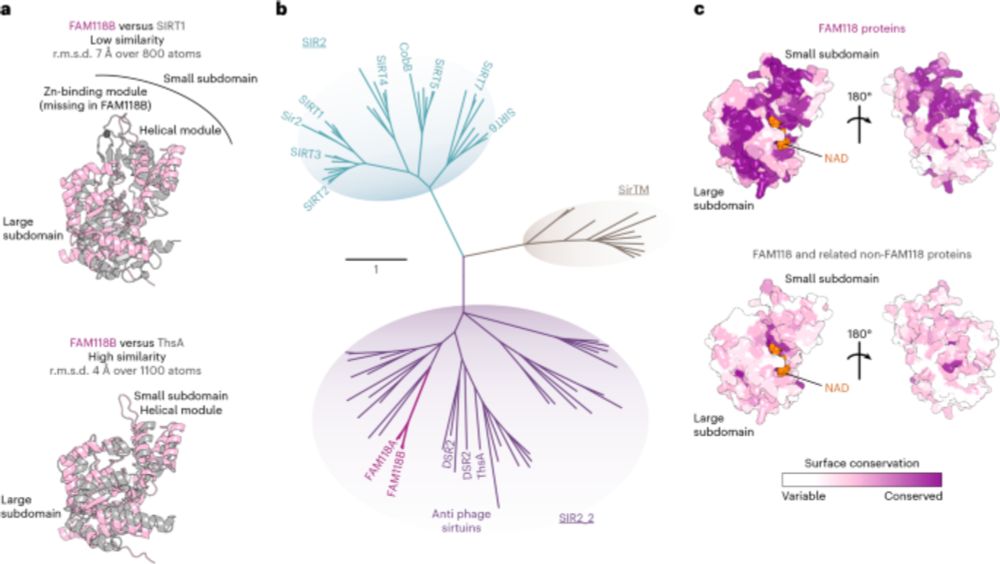
@dunnschool.bsky.social, @igdrennes.bsky.social, @pasteur.fr, & funding sources including @agencerecherche.bsky.social, @erc.europa.eu, @wellcometrust.bsky.social, and @natsmb.nature.com for very constructive revision. I'm sorry if forgetting sb.
@dunnschool.bsky.social, @igdrennes.bsky.social, @pasteur.fr, & funding sources including @agencerecherche.bsky.social, @erc.europa.eu, @wellcometrust.bsky.social, and @natsmb.nature.com for very constructive revision. I'm sorry if forgetting sb.



